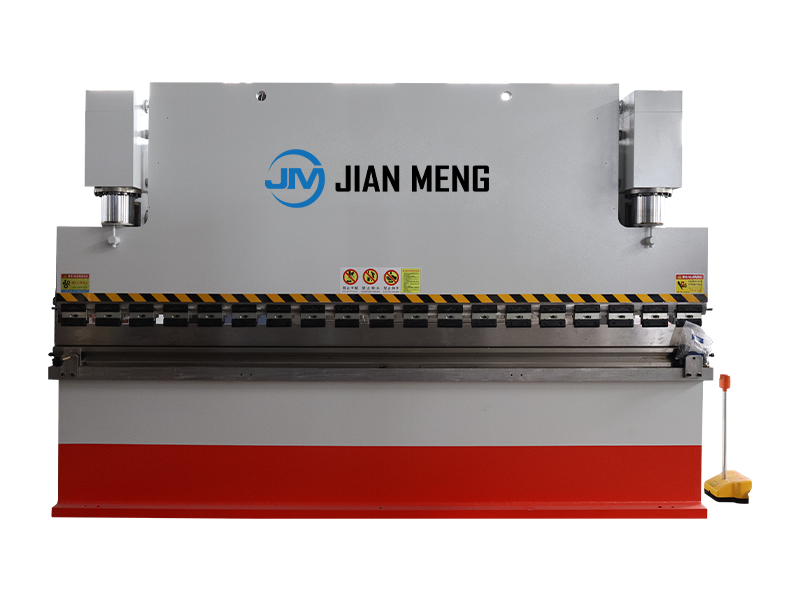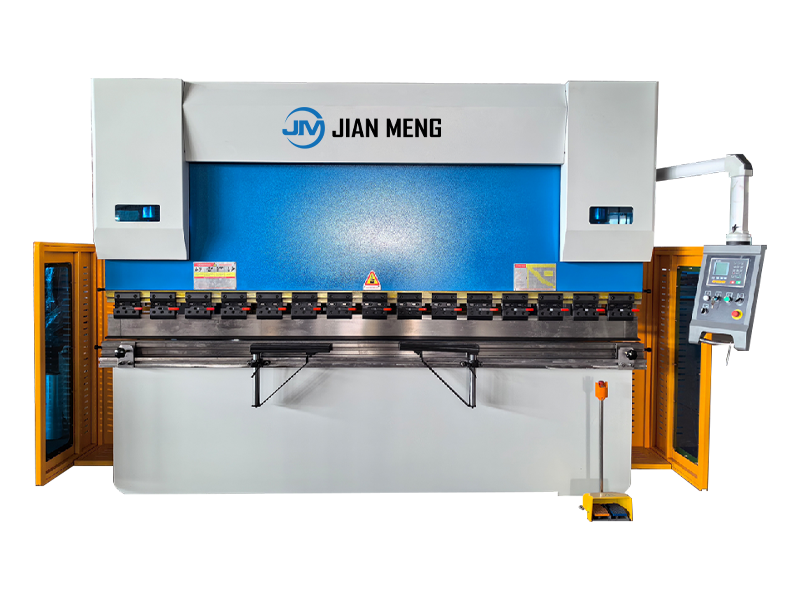The Function Of A Stretcher In Forming Concave Curves In Sheet Metal
Release time:2025-12-26
Visits:0
In metalworking, shaping sheet metal into precise concave curves is not merely a craft—it is the precise application of controlled plastic deformation, a principle that underpins high-integrity manufacturing across aerospace, automotive restoration, and marine engineering. For fabricating aerodynamic aircraft nacelles, restoring vintage car fenders, or forming hydrodynamically efficient ship hulls, the stretcher emerges as a cornerstone tool. Its ability to manipulate metal fibers through targeted tension directly enables the creation of smooth, dimensionally accurate concave profiles, addressing the core challenge of reshaping metal without compromising its structural or surface properties.
A stretcher is a specialized metalforming tool engineered to induce localized tension in sheet metal—distinct from the compressive force exerted by its complementary tool, the shrinker. While shrinkers compact metal fibers to form convex curves, stretchers operate by gripping and elongating specific regions of the workpiece; this targeted elongation is the mechanical foundation for generating concave shapes. Unlike conventional bending (which risks creasing, cracking, or work hardening), stretching leverages the material’s inherent ductility to reshape it gradually, ensuring uniform curvature and preserving critical mechanical properties such as tensile strength in aerospace-grade aluminum (e.g., 6061-T6) or marine-grade steel (e.g., 316L).
The operational efficacy of a stretcher hinges on its precision-engineered components: primarily serrated, opposing jaws and a mechanical (lever-driven) or pneumatic actuation system. The serrated jaw design is non-negotiable for professional use—it creates a slip-resistant grip that anchors the metal securely, preventing uneven stretching or surface marring. When actuated, the jaws exert a controlled outward pull on the clamped metal segment, stretching its crystalline structure. This action results in two key material changes: slight thinning of the stretched zone and a measurable increase in its length. Critically, this localized elongation creates a “length mismatch” with the adjacent, unstretched metal—since the stretched edges are longer, the central, unworked region naturally contracts inward to accommodate the discrepancy, forming a smooth concave curve.
To clarify this mechanics: consider a flat sheet clamped at its edges by a stretcher. As the tool pulls the edges outward (elongating them by 1–2% of their original length, a typical working range), the central panel—unaffected by direct tension—cannot match the expanded length of the edges. This imbalance induces a predictable inward bend in the center, yielding the desired concave profile. The precision of this process depends on two non-negotiable factors: localization of the stretched zone (confining tension to the sheet’s perimeter or specific edges avoids global distortion) and progressive force application (sudden or excessive tension can cause microcracking in high-strength alloys like titanium or 4130 chromoly steel).
In precision-critical industries, this functionality becomes even more granular. Aerospace manufacturers use stretchers to shape engine nacelle skins, where concave curves must adhere to ±0.1mm tolerances to maintain airflow efficiency and reduce drag. Marine engineers rely on stretchers for forming hull concave segments, where uneven curvature could disrupt hydrodynamics or create stress concentrations that compromise structural integrity. In automotive restoration, craftsmen use benchtop stretchers to recreate the original concave contours of 1950s-era fenders—here, the tool’s ability to deliver micro-adjustments (0.5–1mm increments) ensures alignment with factory specifications, a requirement for concours-level restorations.
Notably, stretchers operate in synergy with shrinkers for complex geometries—contrary to a common misconception in basic guides, the two tools are not mutually exclusive. For a compound concave curve (e.g., the inner panel of a car door), a metalworker might first stretch the upper edge to initiate the inward bend, then use a shrinker to refine the lower curve’s radius. This “stretch-shrink sequence” balances tension and compression, preventing work hardening (a phenomenon where overworking metal reduces ductility) and ensuring dimensional stability.
Mastering stretcher operation demands both material science knowledge and hands-on expertise. Fabricators must tailor their approach to the workpiece: thin gauges (e.g., 20-gauge aluminum) require light, frequent tension applications to avoid over-thinning, while thicker materials (e.g., 14-gauge hot-rolled steel) often need pre-annealing (heating to 700–800°C and slow-cooling) to enhance ductility before stretching. Precision tools like contour gauges or digital calipers are essential to track curvature progress, as over-stretching—even by 0.3mm—can render aerospace or automotive components unusable.
In conclusion, the stretcher’s core function in
forming concave curves is to induce controlled, localized tension that elongates targeted metal regions, forcing adjacent unstretched material to bend inward. Its ability to transform flat sheet metal into smooth, high-integrity concave profiles makes it indispensable in industries where precision, structural safety, and surface quality are non-negotiable.
Do you have insights into optimizing stretch-shrink sequences for complex concave geometries, or tips for mitigating material fatigue when working with high-strength alloys? Share your expertise to advance best practices in precision metalforming.


 English
English  中文
中文  Arabic
Arabic  Russian
Russian  Spanish
Spanish  Portuguese
Portuguese  French
French  German
German  Hindi
Hindi  Thai
Thai  Vietnamese
Vietnamese  Khmer
Khmer  Italian
Italian  Turkish
Turkish  Korean
Korean  Belarusian
Belarusian 



